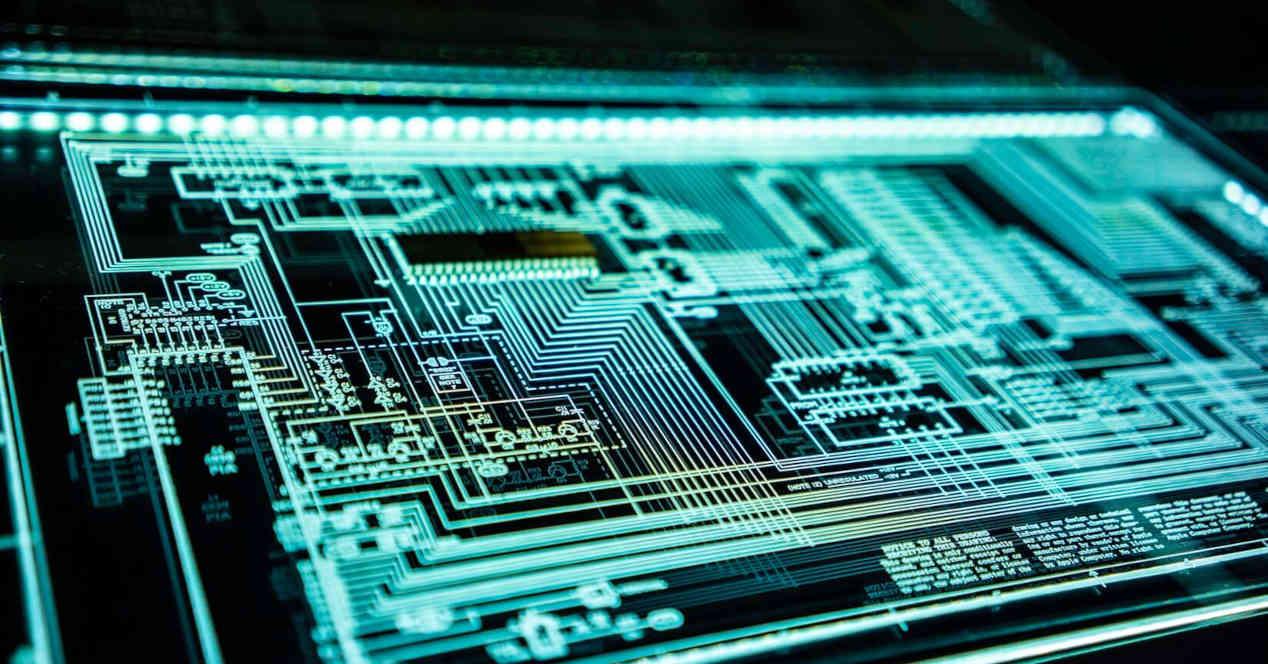More than once you will have seen how your processor and even the graphics card slows down their clock speed, especially when the workload is low. Thanks to this, not only you save on power consumption, but also give longer life to these components, but above all it was designed with regard to the battery life of laptops.
The next step is what we call variable speed RAM memory, which is that the data stream sent by the system RAM memory is not fixed but varies continuously, keep reading and we will explain how this is done. works.
How does variable speed RAM work?
For starters, this is not a different type of memory than what already exists, so it is not about a new standard of memory all the time, but technologies that allow you to vary speed. memory interface clock and therefore bandwidth.
Each processor and memory has a pin, or a series of pins, that indicate the clock speed at which they are operating. This is traditionally done with a crystal that sends out a signal pulse intermittently, the duration of which is the inverse of the clock speed. Well, variable speed memory uses a microcontroller to control that clock speed.
Said microcontroller simultaneously receives temperature, voltage and clock speed information from all components. In other words, we are talking about telemetry systems that will end up controlling the clock speed of different memories and not just processors.
Currently, the only hardware that incorporates it is the NVIDIA RTX 3000 Mobile’s third-generation Max-Q, but the clock speed control mechanisms, both for system RAM and VRAM, will begin to be used. implemented. In the coming months, being a clear case of DDR5 memory.
It must be taken into account that DDR5 memory happens to have the controller that manages the power consumption of said memory from the motherboard itself inside the DIMM. This opens up the possibility of using RAM speed variation mechanisms
Graphics cards with variable speed VRAM memory
With this we will enter an era where not only the design of active components, processors and memory, will be important in terms of performance, but also the passive ones. We are talking about the components responsible for distributing power to a motherboard or graphics card, cooling systems, etc.
The reason for this is that variable speed memory will not work in a configuration where the passive components of the hardware will mark the total performance of the system or that part of it. Since depending on temperature and consumption conditions, the memory speed may decrease.
However, this doesn’t have to be negative, as it can open up the possibility of extreme RAM and VRAM configurations, where memory chips sold to run at a given clock speed can do so at much higher speeds. . This is very important for the performance of the GPU, which evolves with the bandwidth.
Variable speed system memory
The other point to take into account is that of the system RAM, this allows to control the clock speed of the CPU at all times to not only overclock it but even disable parts of the RAM that the system is not working at the moment. How? ‘Or’ What? Well, set the clock speed of said memory channel to zero.
The fluctuation of the system RAM clock speed in a variable memory system depends on the transfer speed required. So the CPU through its units can check the RAM code in advance, looking at the cache fragments that contain the following code, to adjust the transfer speed.
And what is the point of varying the speed of the RAM? Well, from the fact that there are times when transmitting data at a very high speed does not imply a huge advantage over slightly lower speeds, but in return that the power consumption and temperature increase.
Designed for new industrial designs
Aesthetics is one aspect of selling equipment today. which ends up defining both its energy and thermal specifications.
The concept of variable speed for processors such as CPUs and GPUs has been relatively new for years, but along with memory, it allows manufacturers not to have to test components forever, because with it the entire system s ‘will automatically adapt to certain consumptions and temperatures.
This will at the same time require more uncertainty when purchasing the hardware, due to the fact that we will stop seeing standard and fixed specs, to continue to see specs where we will be told that the processors and memory would have speeds this will change from one number to another.
Table of Contents












